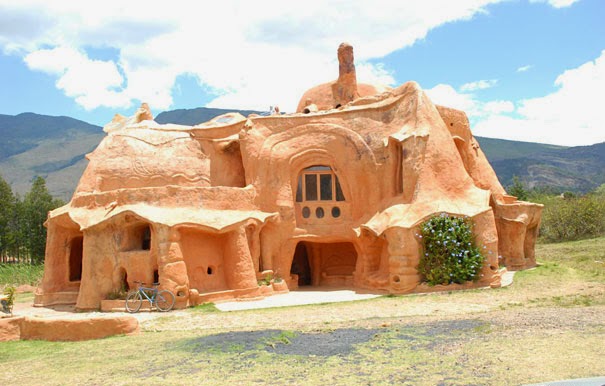Mount Everest
Mount Everest
A large number of rivers originate from
the glaciers of the Himalaya, with Brahmaputra, Sutlej and Indus being the
exceptions. These three rivers flow across the mountain range. The rivers
actually existed much before the mountain range was formed. So the rivers never
crossed the mountain by cutting stones to make its way, rather mountain
adjusted itself to give the way to the river.
Before Mount Everest was discovered,
Kanchenjunga was considered the highest mountain in the world. In 1847, a
British Surveyor ‘Andrew Waugh’ noticed that another mountain far in the west from
Kanchenjunga was even higher, but he couldn’t to reach there to calculate its
actual height since foreigners were not allowed to enter inside Nepal and Tibet
at that time. Due to this reason, they had to study the mountain from a
distance of around 200 kilometers. Because of this distance, it took him and his
team, several years to calculate the actual height. Finally in 1856, he declared
the mountain to be 4880 meters which was 8 meters less than the present day
data. This error was the result of refraction of light in the uneven weather
conditions in the gap between the observation point and peak of the mountain,
though he took care of all the conditions and did his best to eliminate all
errors in the data and reach so close to the actual height. At that time, Sir
Andrew Waugh wanted to keep the local and original name of the mountain, but he
didn’t have the access to the local people at that time, so he couldn’t find
its real name. For this reason, he named the mountain as Mount Everest on the
name of his senior George Everest. The official Chinese name of Mount Everest
was ‘Zumulangma’ and Tibetan name was ‘Qomolangma’. There have been many disputes
about the name of Mount Everest. Sir George Everest opposed it first by saying
that the Native Indians would not accept an English name. Later Chinese
government proposed that mountain should be known as ‘Qomolangma’. In 1960,
Nepali Government proposed another name ‘Sagarmatha’ but was not accepted.
There has always been a passion among the
people to climb Everest and hundreds of people have lost their lives in the
attempt, though a large number of people have succeeded too. Owing to its
enormous height, the weather conditions on the mountain are extremely tough and
become even tougher as the height increases. Explorers use bottles of oxygen to
survive in the high pressure environment of Everest, but many have even made it
to the peak without the oxygen bottle. Numerous Avalanches even worsen the
climbing conditions. The first one to reach at the top of the mountain was the
team of Sherpa Tenzing Norgay and Edmund Hillary in 1953.
The Mount Everest is one of the Seven Natural
Wonders of the world.








Comments
Post a Comment